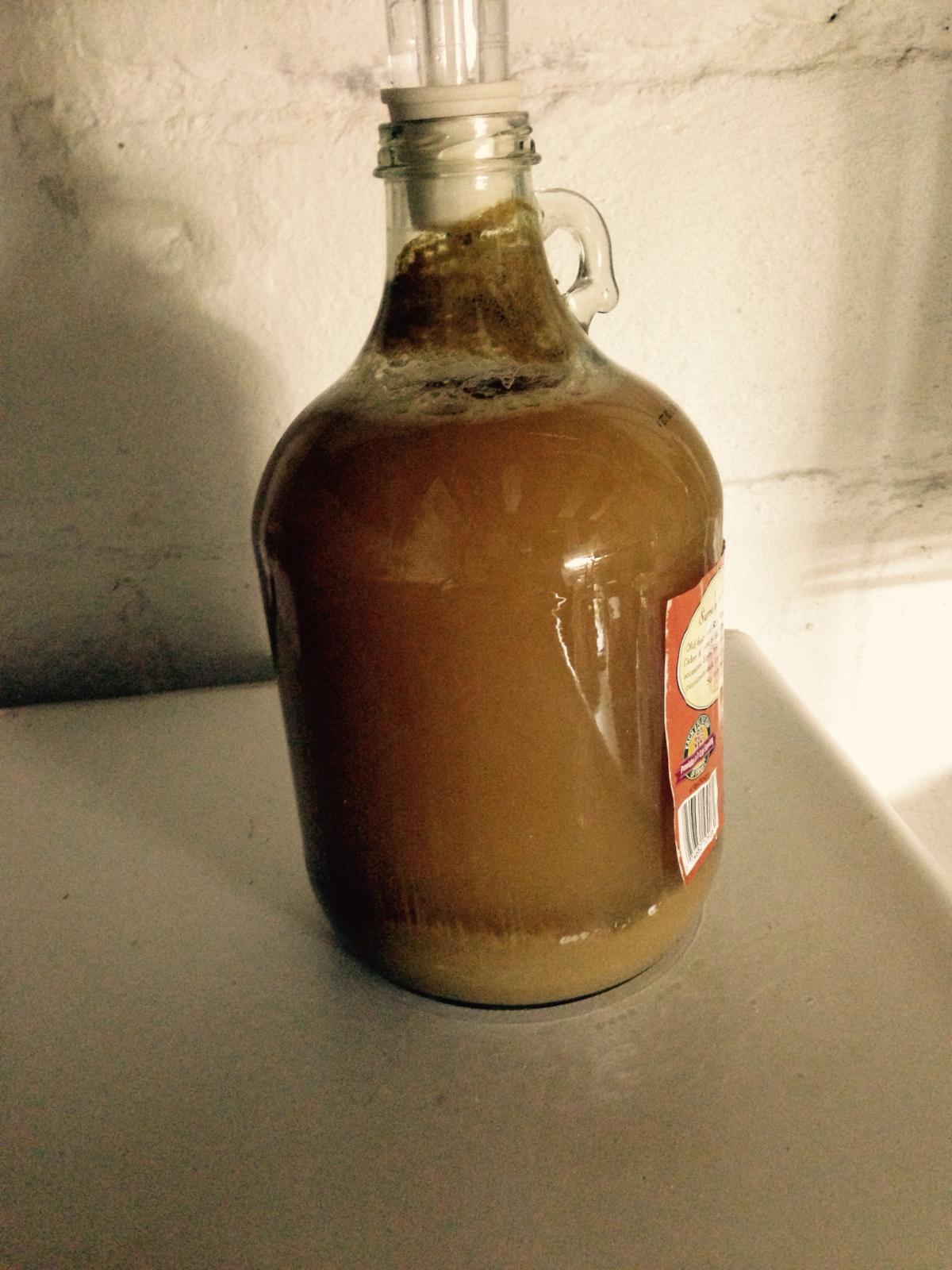MrFancyPlants
Well-Known Member
- Joined
- Mar 5, 2015
- Messages
- 705
- Reaction score
- 137
I ran my first .75 G all grain sample run today. Man was that a lot of work for very little beer. I used a crock pot and raised the temperature slowly to get the beta glucan rest for some some rolled oats I mixed in w Harris otter and 6-row in a .33:1lb:.33 proportions. I may have added in hop pellets way too early in the boil and hope I didn't ruin the flavor hopping w .5 once of cascade pellets I think. If it is way too bitter, could I scale the batch up with another mash on top of already fermenting wart in a larger fv? I was surprised how easy the sparge was into a pasta colander and then through a funnel filter with a fine screen. I'm thinking of scaling up to a 3G carboy and not quite ready for my 6G one yet. Maybe ramp up to 4g in the 6 and rack to a 3.
How do you manage oxygen levels with a two stage pitch? I would think the new sugars would drive off the oxygen with it's co2 production the same way. Aerate new wort and try to leave the fermented portion still until you pour the new one in and just let them mix? Or skip aerating because the yeast population is already high enough and can skip the reproductive phase?
How do you manage oxygen levels with a two stage pitch? I would think the new sugars would drive off the oxygen with it's co2 production the same way. Aerate new wort and try to leave the fermented portion still until you pour the new one in and just let them mix? Or skip aerating because the yeast population is already high enough and can skip the reproductive phase?



![Craft A Brew - Safale S-04 Dry Yeast - Fermentis - English Ale Dry Yeast - For English and American Ales and Hard Apple Ciders - Ingredients for Home Brewing - Beer Making Supplies - [1 Pack]](https://m.media-amazon.com/images/I/41fVGNh6JfL._SL500_.jpg)






















































